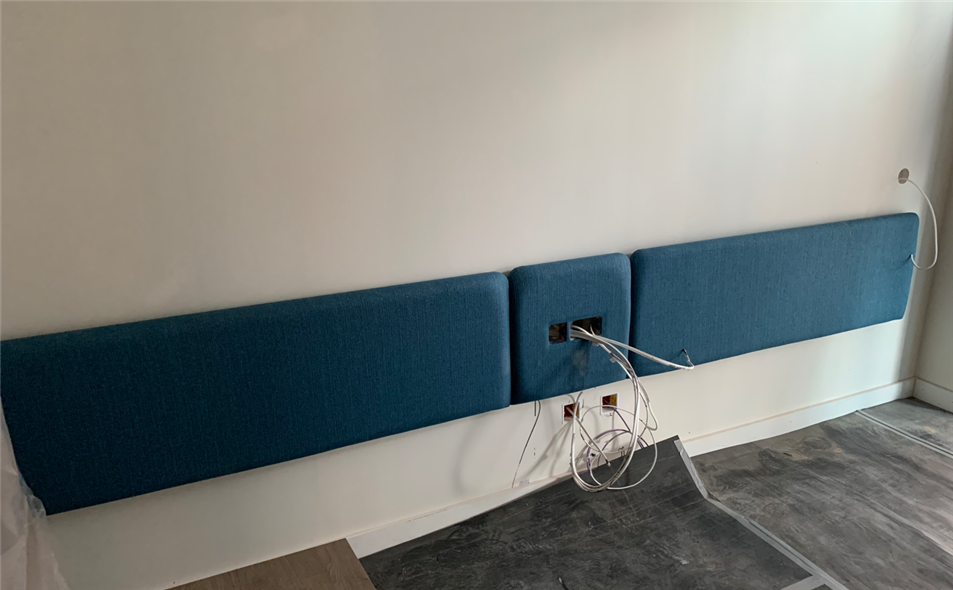I have recently surveyed a site that we are monitoring client side, and the electrical contractor has installed the cable supplying the bedside sockets and lighting surface mounted which will be installed behind a bedhead. Is this compliant with BS7671? We have raised this as an issue as there is no mechanical protection to the cable and also there is potential of the bedhead coming loose and damaging the cable sheath (it is a hotel...). We have advised this is installed in conduit.

Let me know your thoughts.
